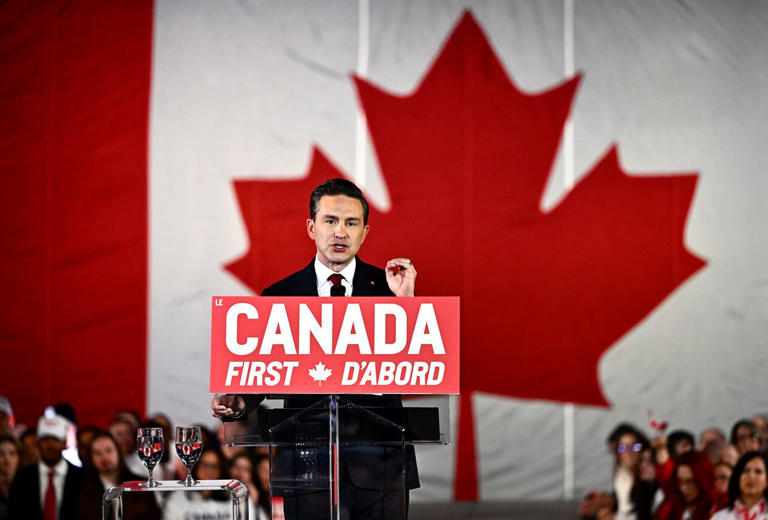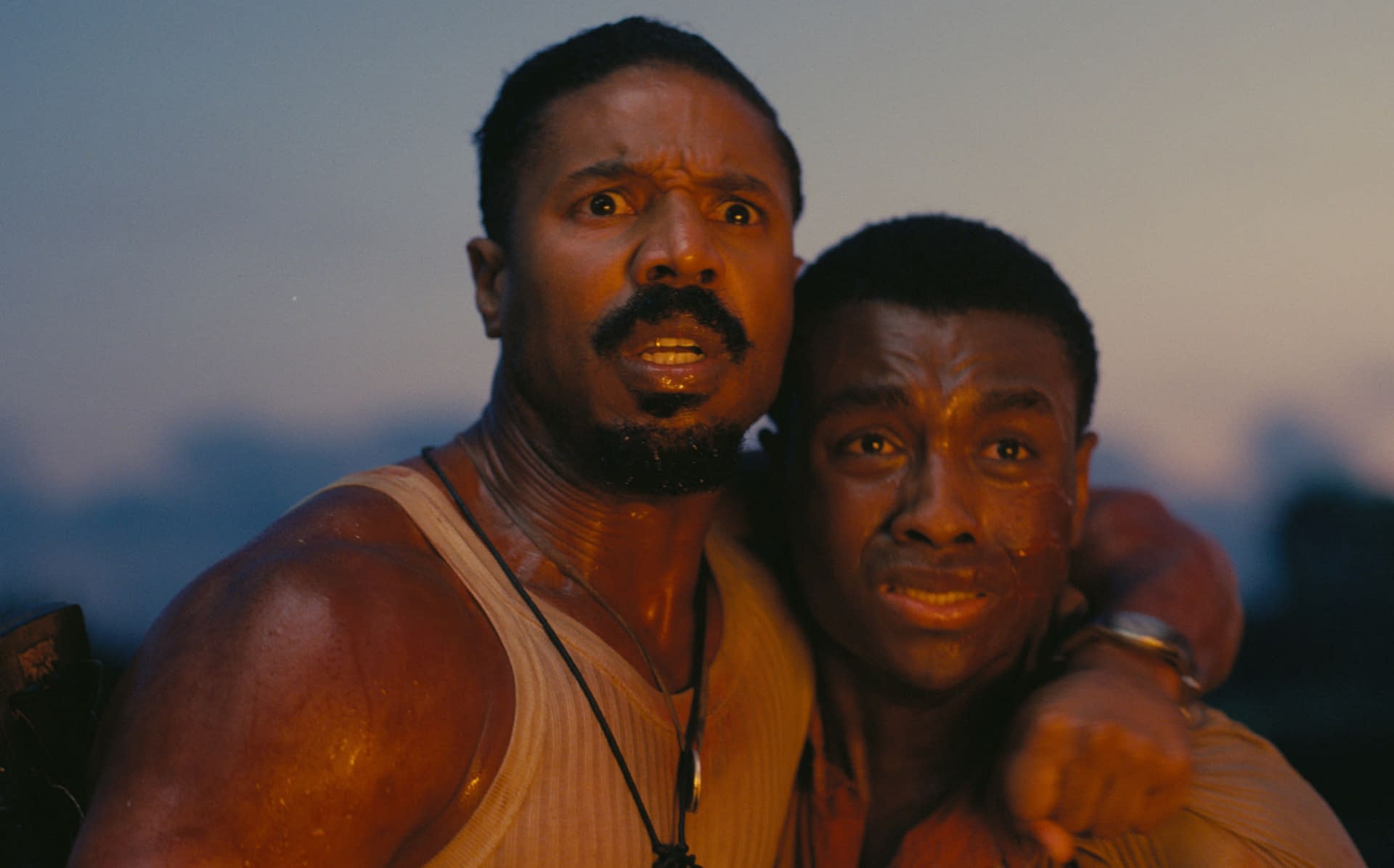Hells Angels: Facts, Fiction, And The Media's Portrayal

Table of Contents
The Hells Angels: A Brief History and Structure
The Hells Angels Motorcycle Club, founded in 1948 in San Bernardino, California, boasts a long and complex history. Initially a post-war biker club, the Hells Angels quickly expanded, establishing chapters across the United States and eventually globally. This expansion led to a complex hierarchical structure, featuring individual chapters reporting to mother chapters, and ultimately, to a national or even international leadership. Understanding this structure is crucial to understanding the club's operations and activities.
- Founding year and location: 1948, San Bernardino, California.
- Expansion across the globe: The Hells Angels now have chapters in numerous countries worldwide.
- Internal organization and leadership: A hierarchical structure with chapters, mother chapters, and national/international leadership.
- Key historical conflicts and legal battles: The club's history is punctuated by numerous conflicts with rival motorcycle clubs and law enforcement agencies, often generating significant media attention. These events have significantly shaped the public's image of the Hells Angels.
The Media's Construction of the "Hells Angels" Image
The media's portrayal of the Hells Angels is frequently characterized by sensationalism and the perpetuation of negative stereotypes. Movies, documentaries, and news reports often depict the club as inherently violent, criminal, and deeply involved in organized crime. This consistent framing creates a powerful, albeit potentially inaccurate, public image.
- Examples of films and documentaries portraying the Hells Angels: Numerous films and documentaries have depicted the Hells Angels, often focusing on their alleged criminal activities and violent tendencies.
- Analysis of recurring themes and tropes: Recurring themes include violence, drug trafficking, and defiance of authority. The imagery often reinforces stereotypes of outlaw bikers.
- How media shapes public opinion and fuels misconceptions: Sensationalized reporting can solidify negative stereotypes and prevent a balanced understanding of the Hells Angels' complexities.
- The role of bias and sensationalism in media coverage: The pursuit of ratings and dramatic narratives often outweighs the need for accurate and objective reporting.
Fact vs. Fiction: Deconstructing the Myths Surrounding the Hells Angels
Separating fact from fiction regarding the Hells Angels requires critical evaluation of available information. While the club undeniably has a history of criminal activity and has been involved in numerous legal battles, it's important to avoid generalizations and acknowledge the complexities of the organization. Claims of widespread organized crime involvement must be assessed on a case-by-case basis, and not every member is necessarily involved in criminal activity.
- Specific examples of inaccurate media portrayals: Many portrayals exaggerate the club's criminal activities and fail to represent the diversity of its members.
- Examination of criminal activities and legal cases: While some members have undoubtedly engaged in criminal acts, the extent of organized crime involvement is a complex issue requiring careful consideration.
- Counterarguments to common misconceptions: The Hells Angels are not a monolithic entity, and not all members share the same beliefs or participate in illegal activities.
- Discussion of the club's charitable works (if any) and their visibility: While less publicized, some chapters have participated in charitable activities, though this is often overshadowed by negative media coverage.
The Legal and Law Enforcement Perspective on the Hells Angels
Law enforcement agencies worldwide face significant challenges when investigating and prosecuting Hells Angels members. The club's hierarchical structure, the code of silence among members, and the difficulties of infiltration create substantial obstacles. Legal approaches also vary significantly across different countries.
- Examples of significant legal cases and their outcomes: High-profile legal battles against the Hells Angels have shaped law enforcement strategies and legal precedents.
- Law enforcement strategies for dealing with the club: Strategies range from infiltration and undercover operations to targeted prosecutions of individual members.
- International variations in legal responses: Legal approaches to the Hells Angels differ significantly across jurisdictions due to varying laws and legal systems.
- The challenges of infiltration and undercover investigations: The strong loyalty and secrecy within the club make infiltration extremely difficult and dangerous.
Conclusion
Understanding the Hells Angels requires moving beyond sensationalized media narratives. This article has explored the club's history, structure, and the often-biased media portrayals that shape public perception. It's crucial to develop critical media literacy and conduct thorough research to form informed opinions about this complex organization. By researching the Hells Angels and engaging in critical analysis of Hells Angels media coverage, you can develop a more nuanced understanding, moving beyond the stereotypes and focusing on the factual complexities of the group. Continue researching the Hells Angels to build your own informed perspective and challenge simplistic narratives.

Featured Posts
-
 Fyrsta 100 Rafmagnsutgafan Af Porsche Macan Oell Upplysingar
May 25, 2025
Fyrsta 100 Rafmagnsutgafan Af Porsche Macan Oell Upplysingar
May 25, 2025 -
 Gold Price Surge Trumps Eu Threats Fuel Trade War Fears
May 25, 2025
Gold Price Surge Trumps Eu Threats Fuel Trade War Fears
May 25, 2025 -
 Gryozy Lyubvi Ili Ilicha V Gazete Trud Polniy Obzor
May 25, 2025
Gryozy Lyubvi Ili Ilicha V Gazete Trud Polniy Obzor
May 25, 2025 -
 New Porsche Cayenne Ev 2026 What Spy Photos Tell Us
May 25, 2025
New Porsche Cayenne Ev 2026 What Spy Photos Tell Us
May 25, 2025 -
 Ealas Grand Slam Debut In Paris A Look Ahead
May 25, 2025
Ealas Grand Slam Debut In Paris A Look Ahead
May 25, 2025
Latest Posts
-
 Upcoming Horror Movie Sinners Filmed In Louisiana
May 26, 2025
Upcoming Horror Movie Sinners Filmed In Louisiana
May 26, 2025 -
 Get Ready The Horror Film Sinners Louisiana Hits Theaters
May 26, 2025
Get Ready The Horror Film Sinners Louisiana Hits Theaters
May 26, 2025 -
 Sinners New Horror Movie Filmed In Louisiana Premiering Soon
May 26, 2025
Sinners New Horror Movie Filmed In Louisiana Premiering Soon
May 26, 2025 -
 Louisiana Horror Film Sinners Set For Theatrical Release
May 26, 2025
Louisiana Horror Film Sinners Set For Theatrical Release
May 26, 2025 -
 Experience Sinners The Louisiana Based Horror Movie
May 26, 2025
Experience Sinners The Louisiana Based Horror Movie
May 26, 2025
